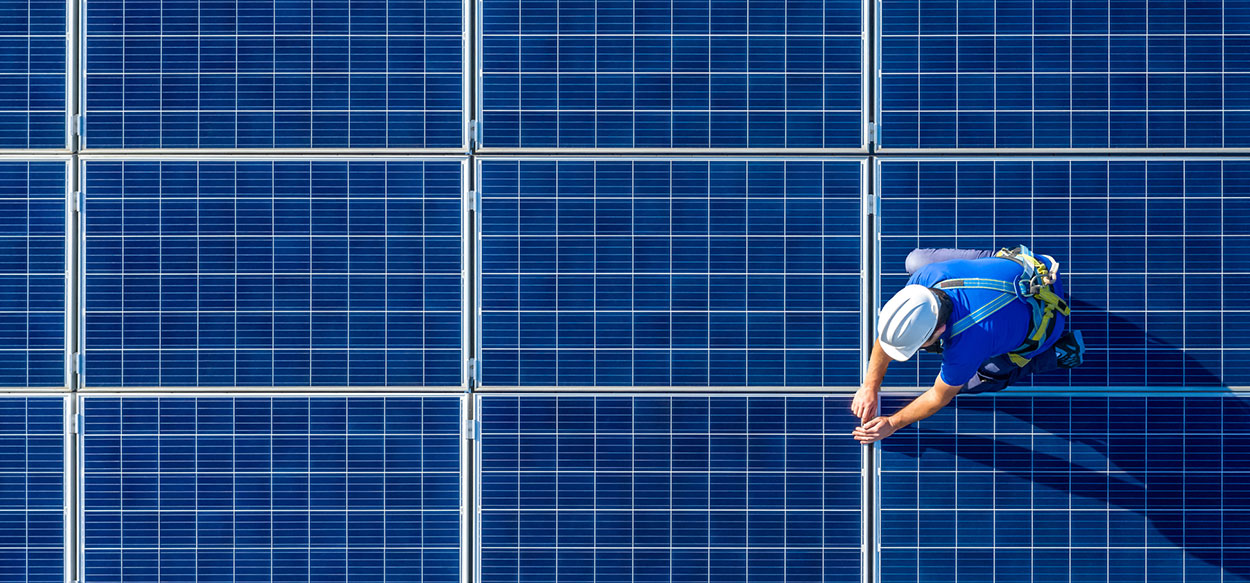Understanding the life cycle of a solar panel

The life cycle of a photovoltaic solar panel is a complex process that ranges from its manufacturing to its recycling at the end of its life. Although it is often seen as a “clean” product, it is important to understand the different stages of its life to better assess its environmental impact.
Manufacturing of the Photovoltaic Module
The manufacturing of a solar panel begins with the extraction and transformation of materials such as silicon, which makes up the majority of the panels. These materials are then processed into photovoltaic cells, which are assembled into modules. This phase consumes energy, primarily from fossil sources, generating a “carbon debt.” However, this debt is quickly repaid once the panels are installed and begin generating energy.
Use of Solar Panels
Once installed, the solar panels begin producing clean, renewable electricity by capturing the energy of the sun. On average, a solar panel has a lifespan of 30 to 40 years, during which it generates electricity without emitting CO2 or producing waste. The environmental benefits of using solar panels are therefore significant, especially in terms of reducing greenhouse gas emissions.
Recycling of Solar Panels
When the panels reach the end of their life, it is essential to recycle them properly. Currently, about 85 to 95% of the materials in solar panels, such as glass, silicon, and precious metals, can be recovered and reused. New recycling technologies are being developed to further improve the efficiency of this process and reduce the impact of panels at the end of their life.
In general, although the manufacturing of a solar panel involves resources and energy, its life cycle is overall beneficial for the environment. The environmental gains during its usage phase, combined with advances in recycling, help reduce its ecological footprint in the long term.
